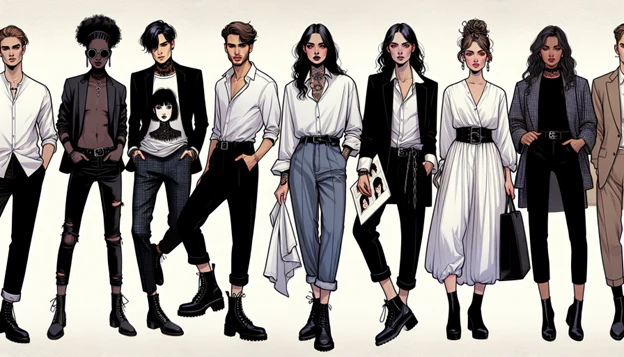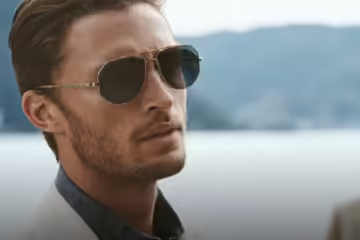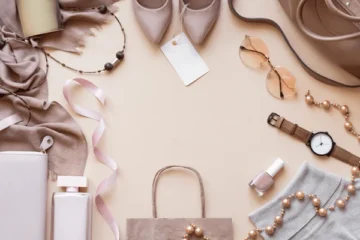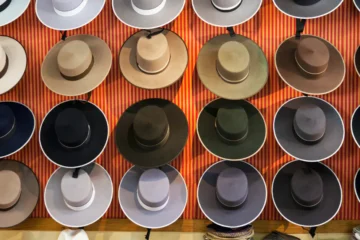Fashion is a fascinating world that encompasses a wide array of styles, fabrics, and purposes. From the formal elegance of a tailored suit to the casual comfort of jeans and t-shirts, clothing serves not just as a necessity but as a powerful form of self-expression. In this blog, we’ll dive into the various types of clothing, exploring their history, significance, and how they contribute to the diverse tapestry of fashion.
1. Casual Wear: Comfort Meets Style
Casual wear is all about comfort and ease. This category includes everyday staples that are versatile and relaxed. Key items include:
- T-Shirts: Often made from cotton or blends, t-shirts are a timeless wardrobe essential. They come in endless styles, from plain and patterned to graphic and oversized.
- Jeans: Originally designed for workwear, jeans have become a global favorite. They come in various cuts such as skinny, straight-leg, and bootcut, and can be dressed up or down.
- Sweatshirts and Hoodies: Ideal for lounging or layering, these pieces are made from soft, often fleecy fabrics and come in a range of styles, including pullover and zip-up.
Casual wear reflects an easygoing attitude and can be customized to suit personal style while maintaining functionality.
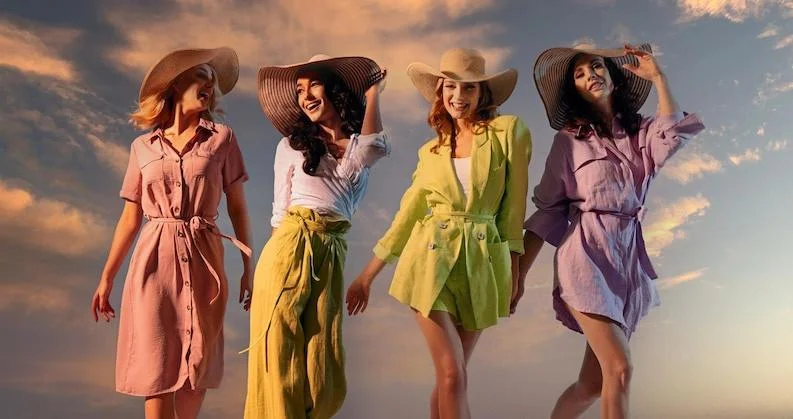
2. Formal Wear: Elegance and Refinement
Formal wear is designed for special occasions and exudes sophistication and elegance. Key elements include:
- Suits: A classic suit comprises a jacket and trousers, often paired with a dress shirt and tie. Suits are typically tailored to fit the body perfectly and come in various styles, such as single-breasted or double-breasted.
- Evening Gowns: These are long, elegant dresses typically worn to formal events such as galas and weddings. They often feature luxurious fabrics like silk or satin and intricate detailing.
- Tuxedos: Often reserved for black-tie events, tuxedos are distinguished by their satin or silk lapels and are usually paired with a bow tie and dress shirt.
Formal wear signifies respect for the occasion and the importance of appearance, often incorporating classic cuts and high-quality materials.
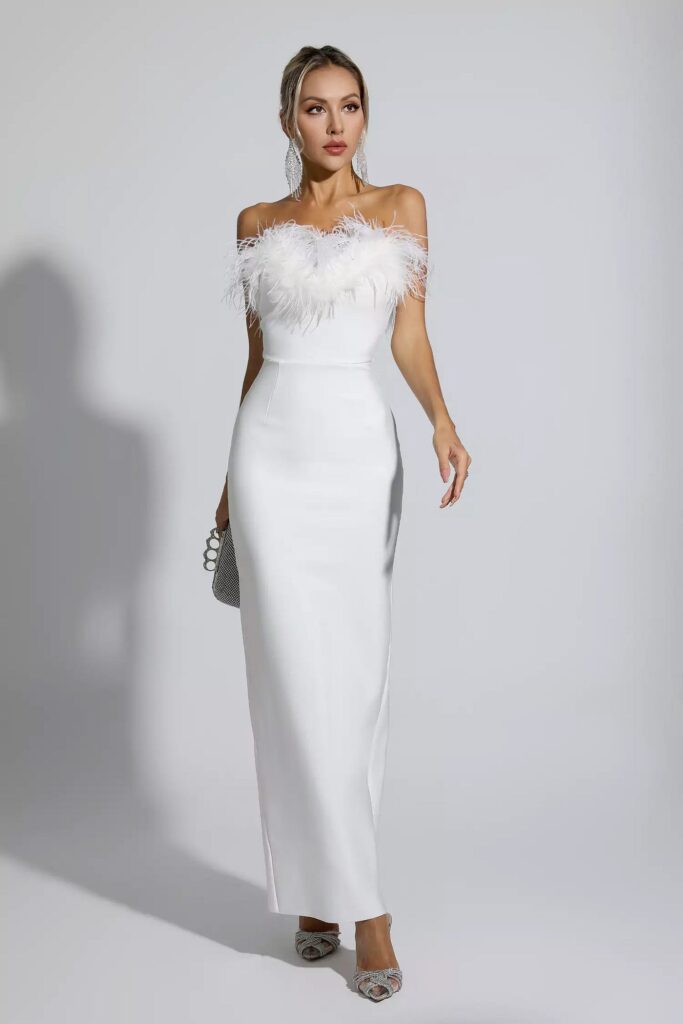
3. Sportswear: Functionality Meets Performance
Sportswear is designed for athletic activities and is characterized by its functional and performance-oriented design. Key items include:
- Activewear: This includes items like moisture-wicking shirts, leggings, and sports bras, designed to enhance performance and comfort during exercise.
- Tracksuits: Often consisting of a zip-up jacket and matching trousers, tracksuits are made from breathable fabrics and are ideal for both workouts and casual wear.
- Sports Shoes: From running sneakers to cleats for specific sports, these shoes are designed to support and enhance athletic performance.
Sportswear combines practicality with style, catering to both physical activity and leisure.
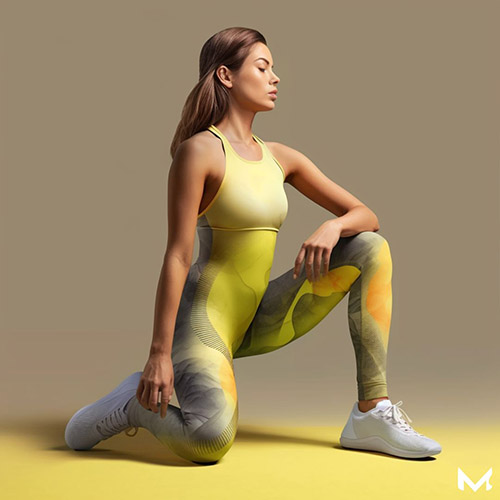
4. Workwear: Practical and Professional
Workwear is designed to be both functional and professional, often tailored to specific job roles. Key pieces include:
- Business Casual: This style blends formal and casual elements, such as chinos paired with collared shirts or blouses. It’s suitable for less formal workplaces or business meetings.
- Uniforms: Many professions require specific uniforms, such as those worn by medical professionals, police officers, or chefs. These garments are designed for functionality and often include specific features like pockets or protective elements.
- Work Boots: Durable and protective, work boots are essential for jobs requiring physical labor. They are built to withstand tough conditions and provide safety features like reinforced toes.
Workwear prioritizes practicality while maintaining a professional appearance, tailored to the demands of various job environments.

5. Seasonal Wear: Adapting to the Weather
Seasonal wear is designed to provide comfort and protection against the elements, adapting to different weather conditions. Key types include:
- Winter Coats: These are insulated coats designed to keep warm in cold weather. Styles include puffer jackets, trench coats, and wool overcoats.
- Summer Dresses: Lightweight and breathable, summer dresses are perfect for hot weather. Fabrics like linen and cotton are commonly used.
- Rain Gear: Includes items like waterproof jackets, rain boots, and umbrellas, essential for staying dry during rainy conditions.
Seasonal wear ensures comfort and protection while adapting to the changing weather throughout the year.
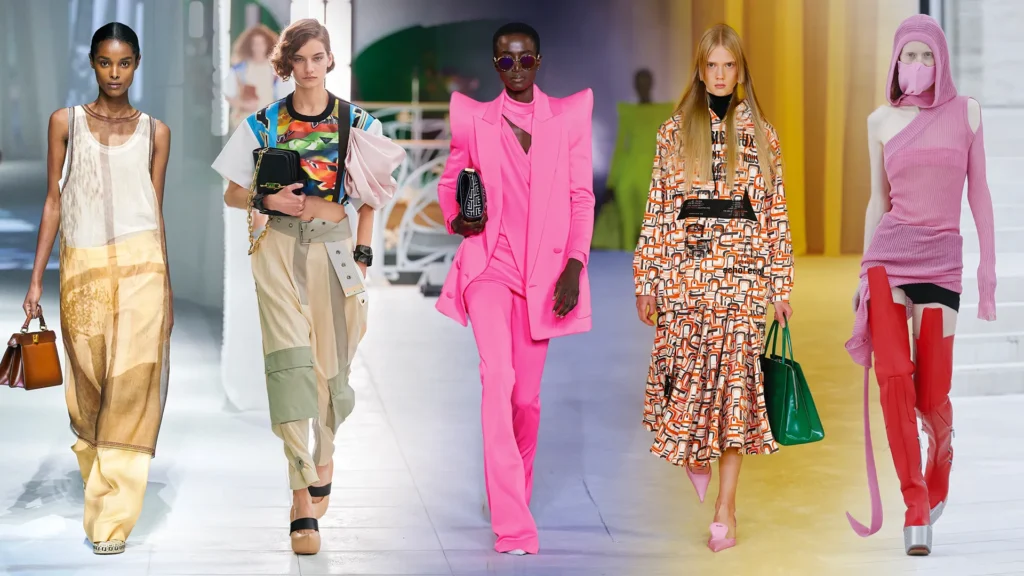
6. Cultural and Traditional Clothing: A Rich Tapestry of Heritage
Cultural and traditional clothing reflects the diverse heritage and customs of different regions. Key examples include:
- Kimono: A traditional Japanese garment characterized by its intricate patterns and formal wear. Kimonos are often worn during ceremonies and festivals.
- Sari: A long piece of cloth draped elegantly around the body, the sari is a traditional garment worn by women in India and neighboring countries.
- Kilt: A knee-length skirt-like garment with pleats at the back, originating from Scotland and traditionally worn with a sporran and belt.
These garments embody cultural identity and heritage, offering a glimpse into the traditions and history of different societies.

7. Avant-Garde and High Fashion: Pushing Boundaries
Avant-garde and high fashion represent the cutting edge of design, characterized by innovative and often experimental approaches. Key elements include:
- Runway Collections: High fashion collections showcased on runways are known for their artistic and sometimes unconventional designs. These pieces often set trends and push the boundaries of fashion.
- Statement Pieces: Bold, unique items that stand out and make a statement, such as oversized hats, sculptural dresses, or unconventional materials.
Avant-garde fashion challenges traditional norms, exploring new ideas and pushing the boundaries of creativity and design.
Conclusion
Clothing is a multifaceted realm that encompasses a wide variety of styles, each serving different purposes and reflecting diverse aspects of our lives. From casual wear and formal attire to sportswear and cultural garments, each type of clothing plays a unique role in our daily lives and personal expression. Understanding these different types not only enhances our appreciation of fashion but also helps us make informed choices that suit our needs, occasions, and personal style. Whether you’re dressing for comfort, professionalism, or a special event, the world of clothing offers endless possibilities to explore and enjoy.

